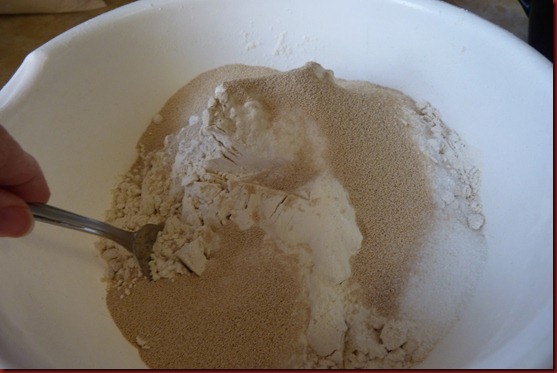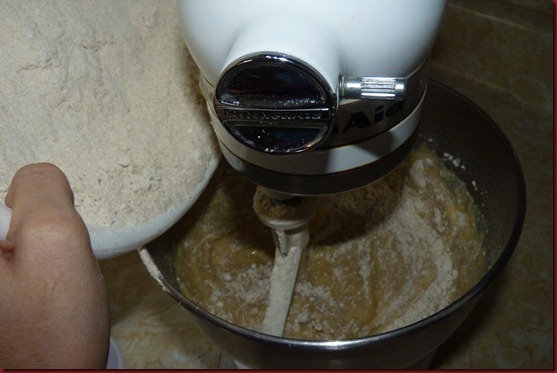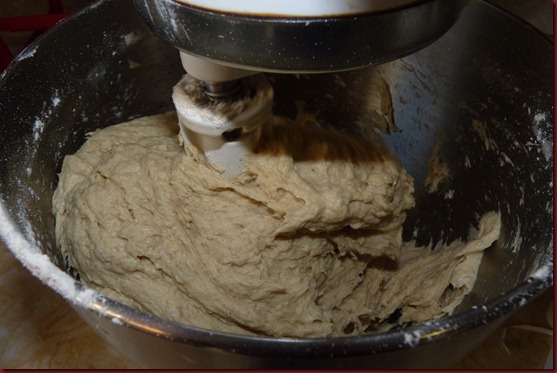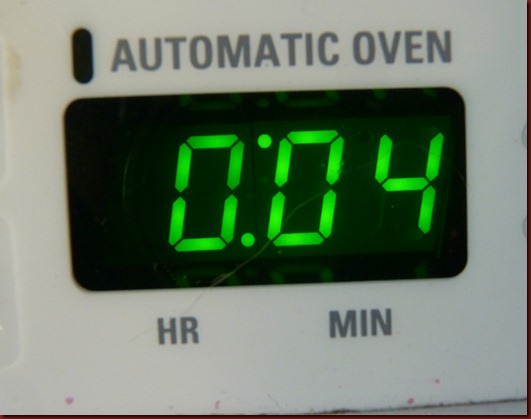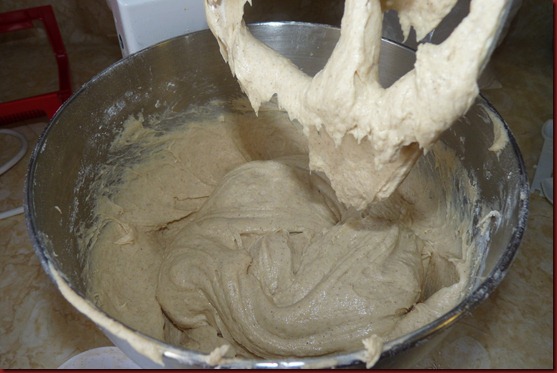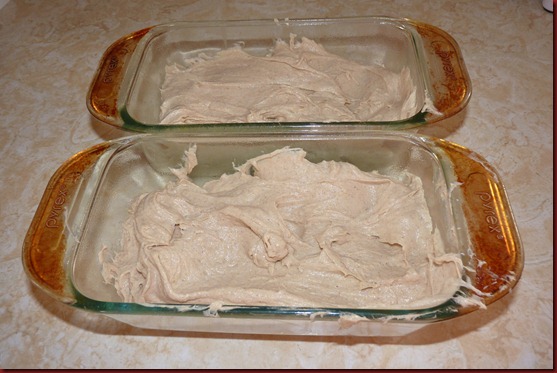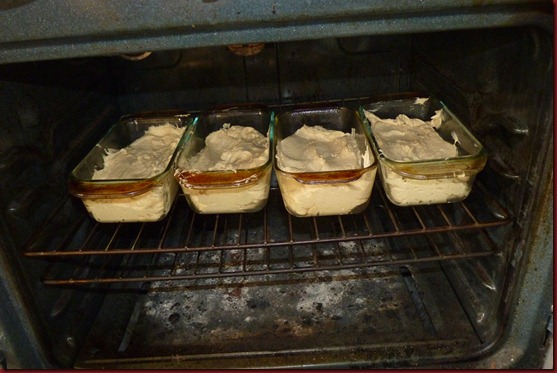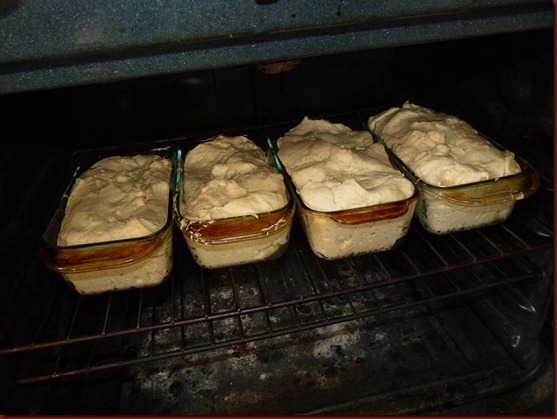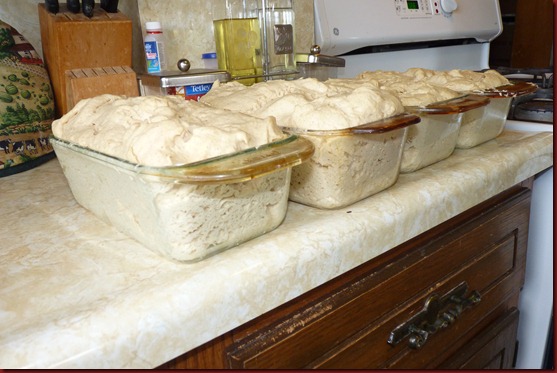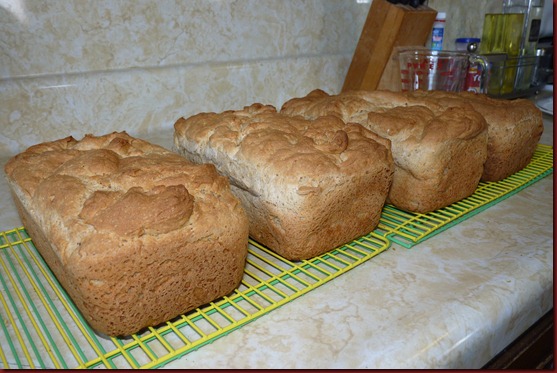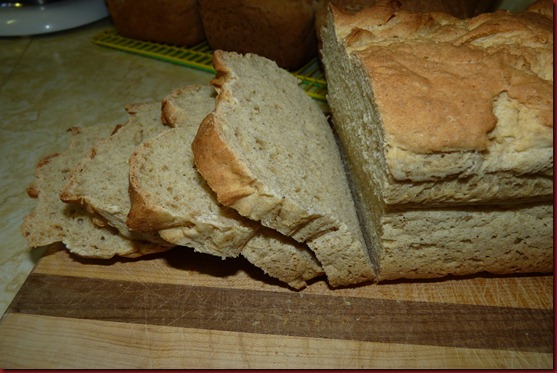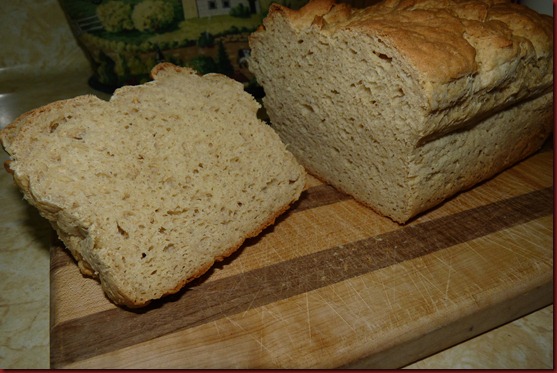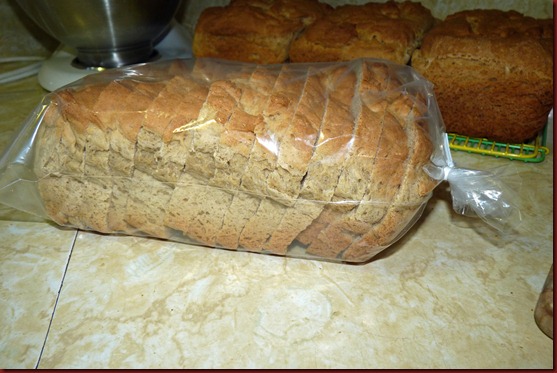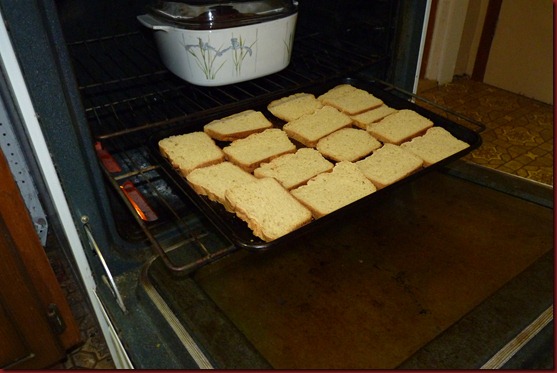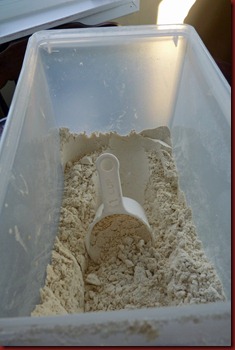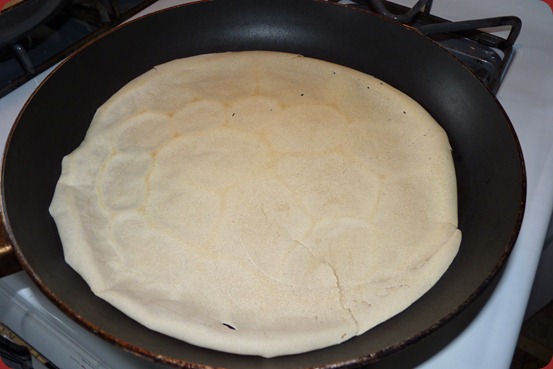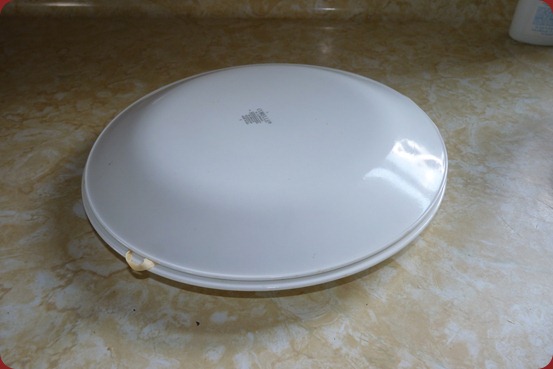Some time ago I dedicate some space on my other blog to talk about Fructose Malabsorption (see here). Over the past two years we’ve struggled off and on trying to figure out Fructose Malabsorption and how it affects each person in our family. Due to the comments, e-mails, amount of people my sitemeter says come to this blog after searching Fructose Malabsorption, and the general confusion and frustration of trying to understand Fructose Malabsorption I thought I would take some time to write a bit about what I have learned through the various information that I have come across in the past years.
Probably a bit of history fill in will help here. As the blog previously talked about, we stumbled across FM when we were trying to figure out what was ailing Rebecca’s tummy. After her diagnosis a light bulb went on that this may be the reason why our little Matthew refused to eat any solids, was often sick, vomitting, constipated or sometimes had diarrhea, was so unhappy, and always crying. Indeed he had FM. Although this did not solve all his problems and it took another half a year to put together the rest of the equation (an intolerance to soy and rice as well, on top of milk), it was a step in the right direction for him.
With two people in the family having the same diagnosis it meant I was doing my share of reading and trying to understand what they could and could not eat, what to watch for, what the symptoms were, etc. This reading began to make me wonder if this could explain a few of my issues and so off I went for a FM test also. My test came back positive. When I went I also took Marietta with. Marietta complained often of odd headaches and just feeling icky but with no specific ailment, I figured she just wanted a fructose test too since the rest of us did. Well much to my surprise she also had FM, I was even more surprised when she was sick only minutes into the test. You would think with four people in the family having FM it would be easy to get a grip on the diagnosis and what we can and cannot eat, what symptoms come from what we do eat, etc. This has been far from the actual case.
After our initial trial with Rebecca on a low fructose diet and no success we allowed her to return to “normal” eating, only taking out the main and obvious fructose loaded foods (e.g. apples, pears, pop, juices, honey). She has constantly told us “I don’t have FM”. But regardless she has had a positive FM test and that means she must be aware of how fructose affects her body and take this into consideration when choosing what she eats. Rebecca does have some symptoms that could be related to FM, but it is very hard to tell whether that is the case or whether these are due to sometime completely separate... more on that in a later post.
Matthew was our child that had to obey the diet more strictly. Being young I really had no way of telling what he could or could not eat. His main symptom was that he turned miserable when he ate the wrong thing. There could be various different reason for this, the main one being that he’s uncomfortable or in some sort of pain and this is the way he shows his pain. The other reason could be a symptom of FM where eating too much fructose affects a persons mood (more on this later). Whatever the case, Matthew turned miserable, clingy, whiny, defiant, ignorant and annoying when he has too much fructose.
Matthew also would sway between constipation or diarrhea when younger. Now we do not so much see changes in the stool texture as in it’s colour. It was not uncommon for Matthew to have florescent green stools – yes, florescent, bright green. A bit of online research on this tells me that this happens when a person is not properly processing food. Bile is green, which as it travels through the intestines becomes yellow and then brown. If food is not processing properly or going through the intestines too quickly then stools become yellow or green (like when one has diarrhea). So while Matthew may have formed stools, his colour indicates to us that they are not actually processing properly.
It’s been a challenge to figure out Matthew (just like the rest of us) because he’s was young and could not let me know if he has any other symptoms that would give us better indicators of what he can and cannot eat. While this is somewhat better now, it is still an issue trying to figure him out as he’s still too young to read what his body is telling him. At one point we had relaxed drastically on Matthew’s diet as we were no longer getting stool reactions, but he became more and more miserable. I tried to write it off as terrible twos ... but as it became more prolonged I realized we had to pull in the reigns again and see if he would do better ... he did! Thus I cannot deny that fructose is an issue for Matthew.
Marietta, who was originally thought to just be looking for attention, seemed to also suffer enough from FM to make us consider putting her on a low fructose diet. Her original symptoms that she had trouble explaining, except to say she just felt not well, were brain fog as well as issues with her eyes – tried and strained eyes, she would also suffer from chest pains (bloating?). But as time went on she became more like her mother with her first sign of eating the wrong thing being some terrible smelling gas. At one point she was a bit out of control in this area, but now is doing really well. Marietta is an observant child and so she is quite good at figuring out how what she eats affects her body. While we have the gas issue under control now she continues to get brain fog and sore/tired eyes from time to time that we are not always able to figure out the cause of.
Then there is myself. It was reading all the information about fructose malabsorption that made me begin to think …. “I wonder”. For years and years I have struggled with headaches and neck and shoulder pain. I have severe TMJ which I have spent over 5 years having treated and while that relieved some pain it wasn’t the only cause of headaches. I have seen the doctors - who’s form of treatment is usually some type of pain medication to cover the discomfort but not to get to the core of the problem and try to treat/fix it. I have done physiotherapy, chiropractors (in the past this was not affective, although recently I have found a chiropractor who’s technic is working well for me), acupuncture, laser treatment and massage therapy (feels great, love it, but again, it doesn’t get to the core of the problem it’s only treating the symptoms). The TMJ treatment was the only thing that brought some relief. The eye doctor discovered I had blepharitis and dry eye syndrome. Treatment of these has definitely eased my eye strain, but in the end I still had the neck and shoulder tension and headaches. The Rheumatoid doctors could not figure out my joint pains and “malfunctions”, which flared up some years back and while they are not near as bad, still cause some discomfort and issues from time to time. And then there were the bouts of fatigue that I would go through. It was when I began to have GI issues that I really put some thought into FM There were a lot of symptoms that could have lead to a million different possible problems, none of them being specific enough to indicate a specific problem. But given two of my children had FM and many of the common symptoms covered my list of issues it only seemed logical to try the test and see where it would lead me.
All of this has led to an interesting couple of years as we have tried to work our way through FM and understand our bodies better. We have come a long ways in the past two years with lots of ups and downs and confusion, but if we look back we can say that we’ve made improvement. It actually took a year before we broke down and got really serious about fructose. At first we thought we were just a mild case and we removed the worst and most obvious issue foods … but with time it became obvious that we had to pull in the reigns and get serious if we wanted to know whether FM was the problem we were dealing with. When Marietta and I got out of control in the smelly gas area we knew we had to do some work on things. Rebecca continues to exhibit no obvious signs, but she has to adhere to the diet and sometime I wonder if she needs a stricter diet. Matthew needs to keep his diet in line, although in comparison to before he has a nice variety of options.
I am not sure where I am heading with this blog, but I thought I would just start and see where it goes. I hope to be able to help others by sharing our experience and offering links to the research that I have read. I hope to offer guidance and just simply give people support if they are feeling lost. And hopefully I can also work a few recipes and such into the webpage to give some ideas. Most of the above post was actually written already almost two years ago when I first wanted to get a blog started, but time just never allowed for it. I had always put this project on the backburner thinking that other things were more important, but the more I encounter people that have questions the more I think that I need to put this on the front burner so the information it there and people can read it for themselves.
I am in no way shape or form a doctor or any sort of medical personnel. The only experience and knowledge I have is through our own experience and has been self-taught by the information I have found … mostly on the internet. I have spent time researching and continue to do so since FM information changes so quickly as doctors learn more about it. I want to be able to share what I have learned to make it easier for those who are looking for information. I know the lost feeling and the feeling of not knowing what to do and so I hope to offer guidance, but I also know that FM IS VERY DIFFERENT FROM ONE PERSON TO THE NEXT and I want anyone who reads this to keep this in mind. What works for us is not going to work for the next person. I can give ideas and offer help, but in the end if you have FM you are going to have to learn your own body and do what works best for you.
I hope that I can be of help and assistance to those who are reading this
